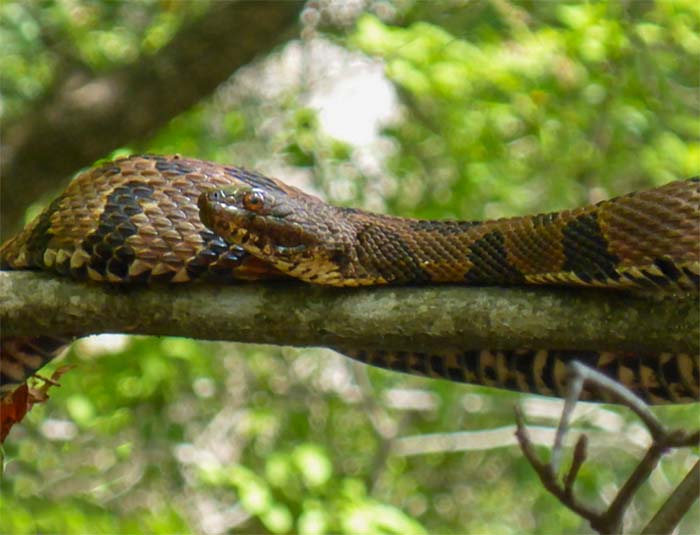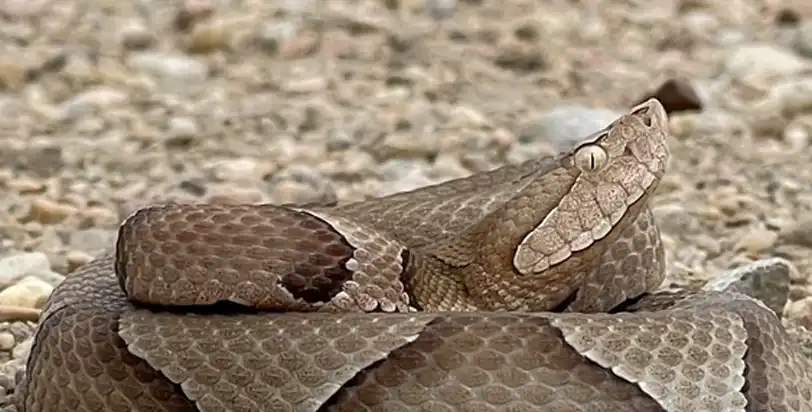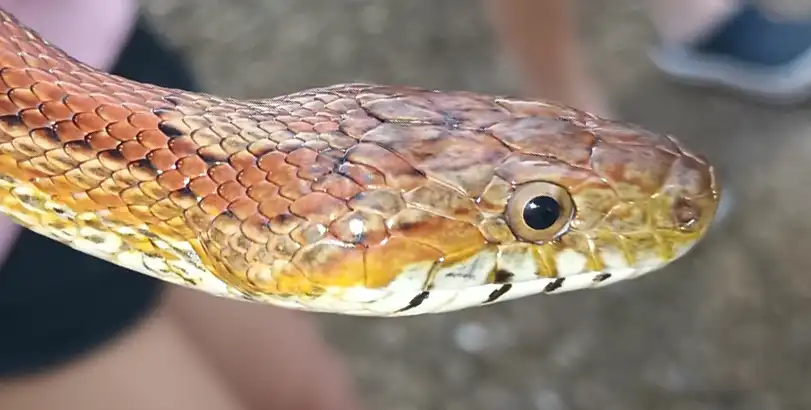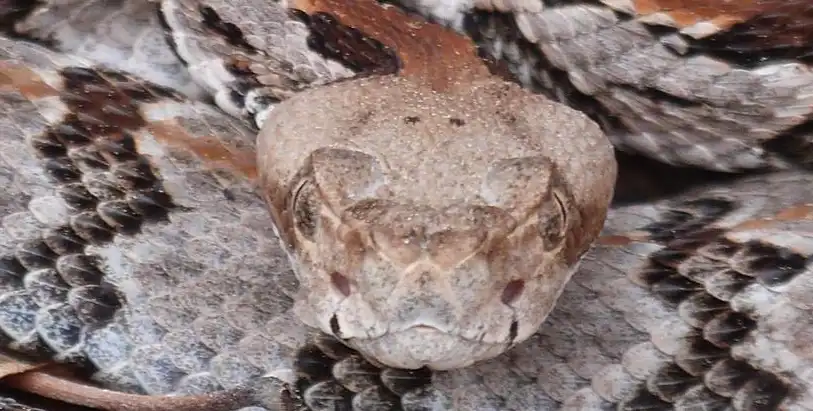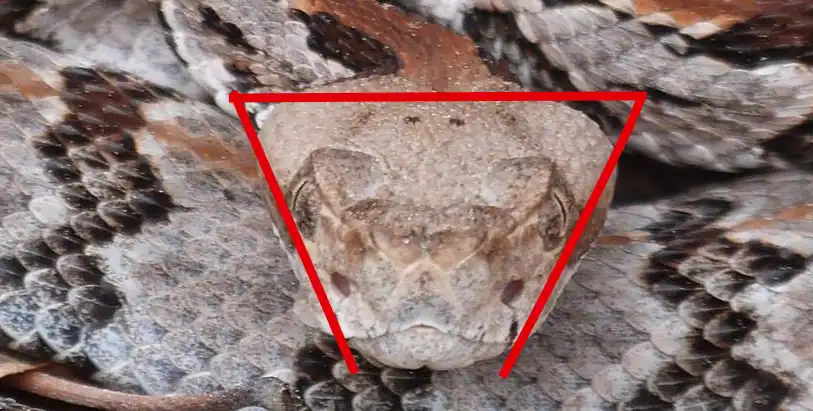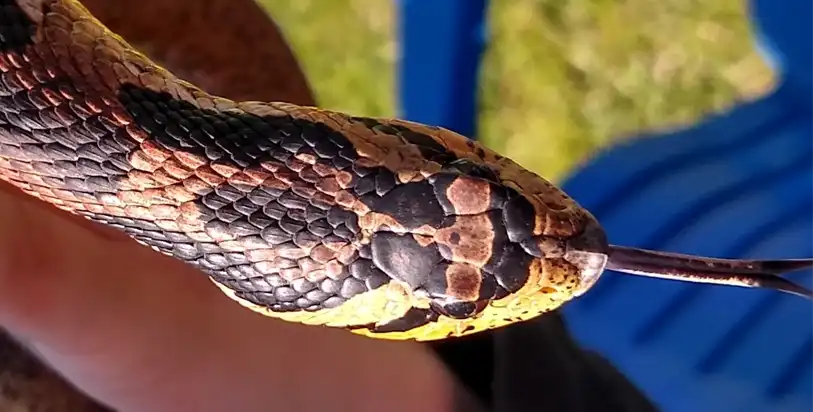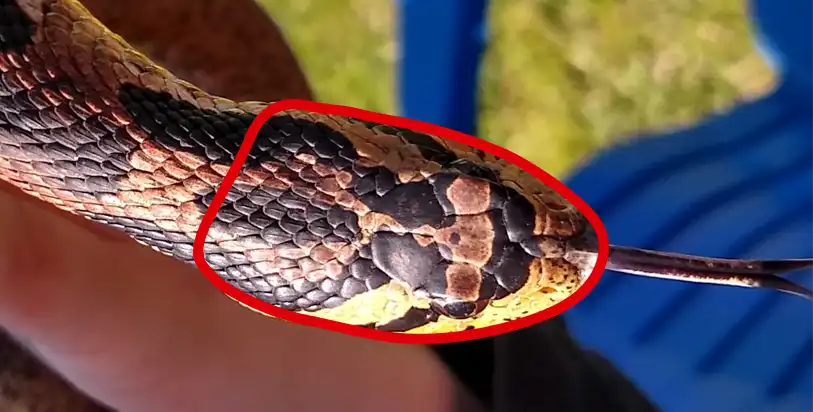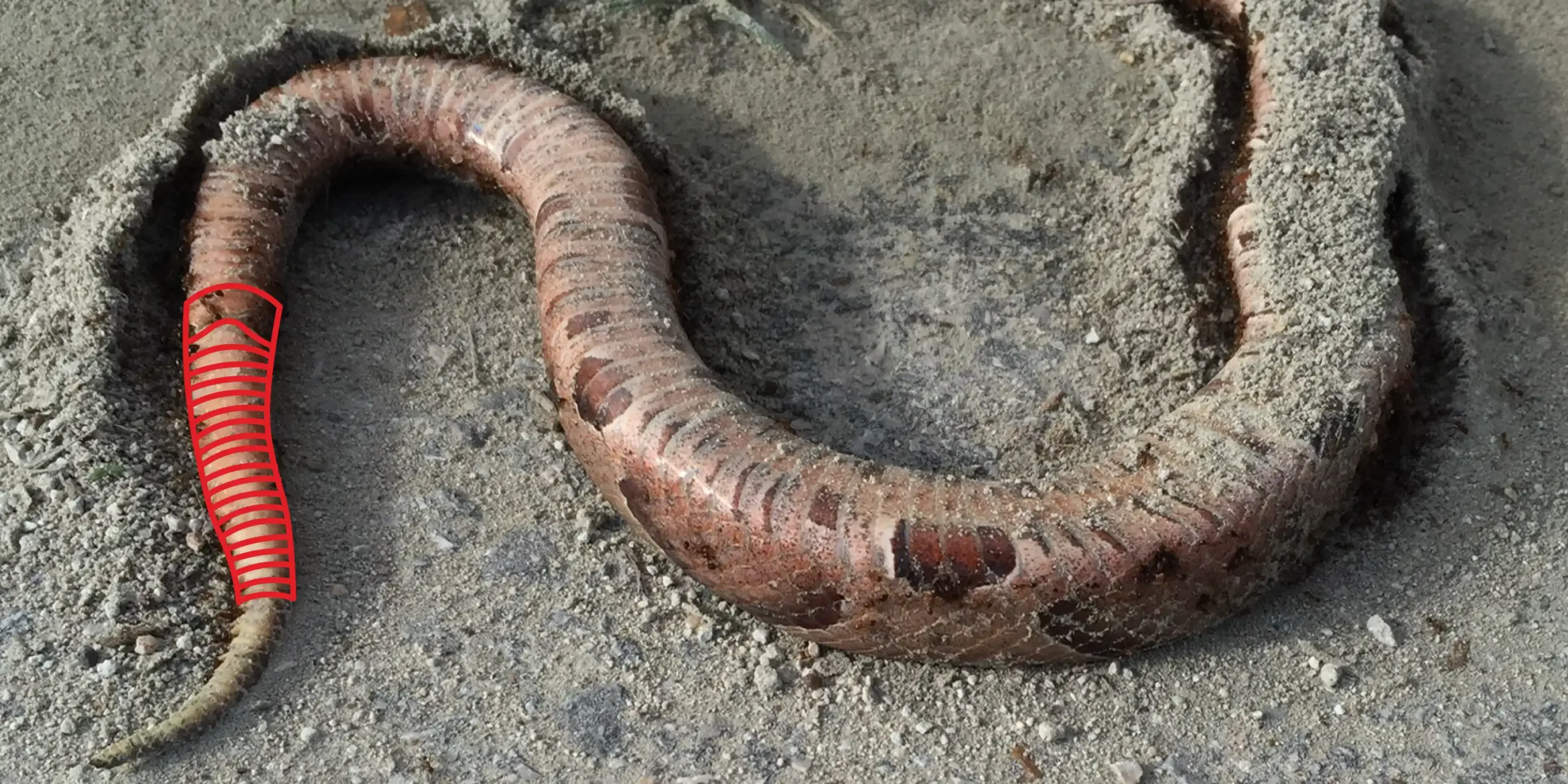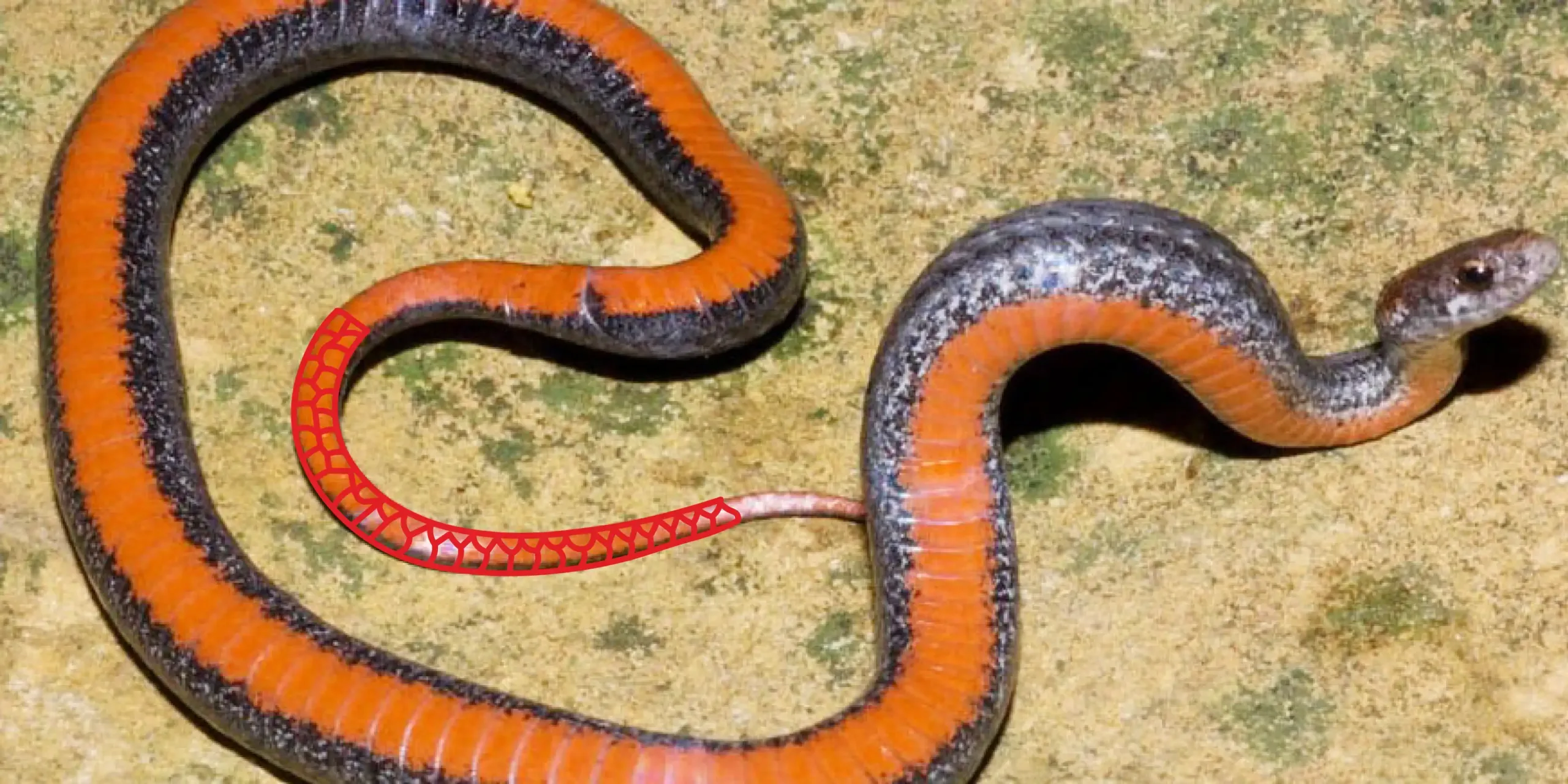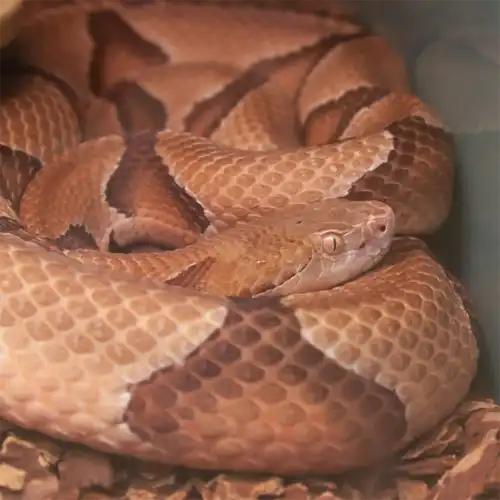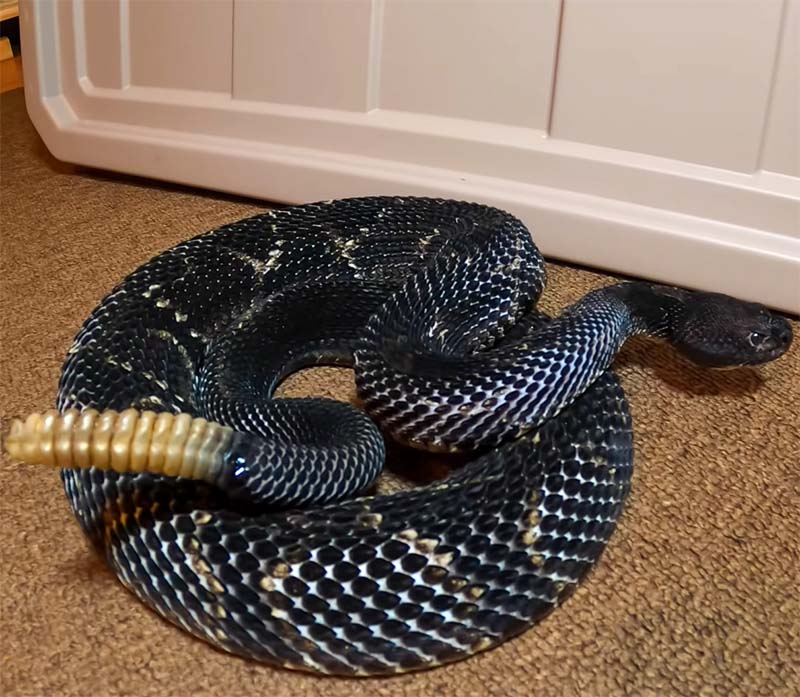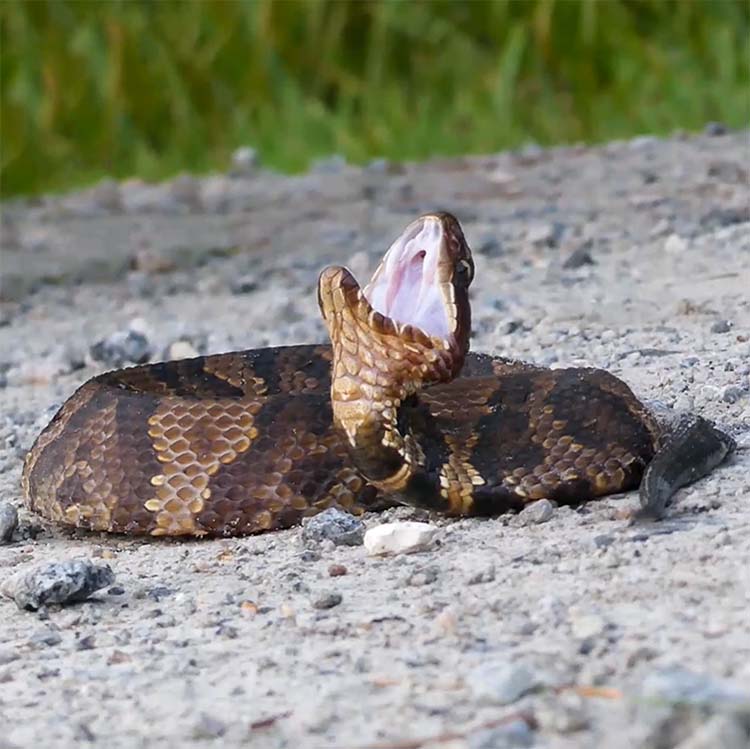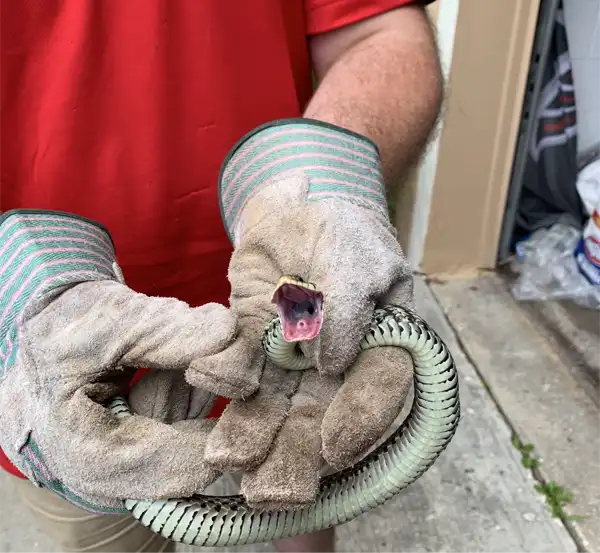
When it comes to venturing into snake-inhabited areas, nothing is more critical than being able to identify venomous snakes (not poisonous snakes!) for the sake of safety. By understanding the key indicators that set venomous snakes apart from their harmless counterparts, individuals can make informed decisions and take appropriate precautions.
This webpage serves as a valuable resource, offering insights on how to identify venomous snakes, debunking common myths about their appearance, providing specific information on the venomous snakes found in Virginia, and offering essential guidance on venomous snake bite first aid.
Armed with this knowledge, readers can confidently navigate snake encounters, equipped with the tools to stay safe and take effective action when necessary, ensuring their own well-being and that of others around them.
Recognizing Venomous Snakes: What to Look For
When it comes to identifying venomous snakes, understanding their key characteristics is crucial for staying safe and making informed decisions.
There are 3 signs to look for when it comes to venomous snakes here in Virginia. Vertical Pupils, double scales near the anal plate, and a triangular head. These traits help us distinguish venomous snakes from non-venomous ones.
By learning about these distinguishing features, you’ll gain the knowledge needed to recognize venomous snakes and navigate snake-inhabited areas with confidence. This knowledge is essential for ensuring your own safety and well-being.
Vertical Pupil Shape
The shape of a snake’s pupil is a fascinating aspect that can vary among different species. Snakes exhibit two primary pupil shapes: round and vertical. Round pupils are commonly found in non-venomous snake species. They resemble the pupils seen in many other animals, such as humans and domestic pets.
On the other hand, venomous snakes are often characterized by vertical pupils, which appear as thin slits. This unique pupil shape enables venomous snakes to control and regulate the amount of light entering their eyes.
Triangular Head
The shape of a snake’s head is an important clue for telling venomous snakes apart from non-venomous ones.
Venomous snakes often have a distinct triangular head shape that helps distinguish them.
This shape is because of venom glands located at the back of their heads. It’s an adaptation that allows space for the venom-producing structures, indicating the potential presence of venom.
Meanwhile nonvenomous snakes tend to have more rounded heads, or is hard to tell where the head and neck begins.
Single Row of Scales Under the Tail
Checking the tail scales is really important when figuring out if a snake is venomous. Lots of venomous snakes have just one row of scales on the underside of their tail.
But most non-venomous snakes have two rows of scales there.
When you see just one row of scales, it’s called “unidirectional” or “subcaudal” scales, and it’s a good sign that the snake could be venomous.
Importance of Multiple Identification Methods
When it comes to identifying venomous snakes, using multiple methods is essential. Relying on just one characteristic, like pupil shape or head structure, can be misleading and cause mistakes. Venomous snakes have different traits, such as pupil shape, head structure, fang length, and tail scales.
By looking at several features together, you can get a clearer picture and make better decisions when you see a snake.
If you are unsure if what you have is venomous, we recommend you leave it alone. But if it’s in an area where that’s unavoidable, please consult the experts. Prioritizing your safety and seeking professional advice can help you deal with snakes responsibly and safely.
Venomous Snakes of Virginia
Call a Professional if You are Unsure
If you come across a snake and are unsure whether it is venomous or not, it’s best to call a professional for help.
Here at Virginia Snake Removal, our experts are well-trained to identify and handle various snake species. Your safety is our priority, and we are here to assist you in making informed decisions.
Avoiding any unnecessary risks is crucial, as some venomous snakes can be dangerous. By reaching out to our team, you can ensure a safe and responsible approach to dealing with snakes on your property.
Don’t hesitate to contact us if you need assistance, and we’ll be more than happy to provide expert guidance to keep you and your surroundings safe.
